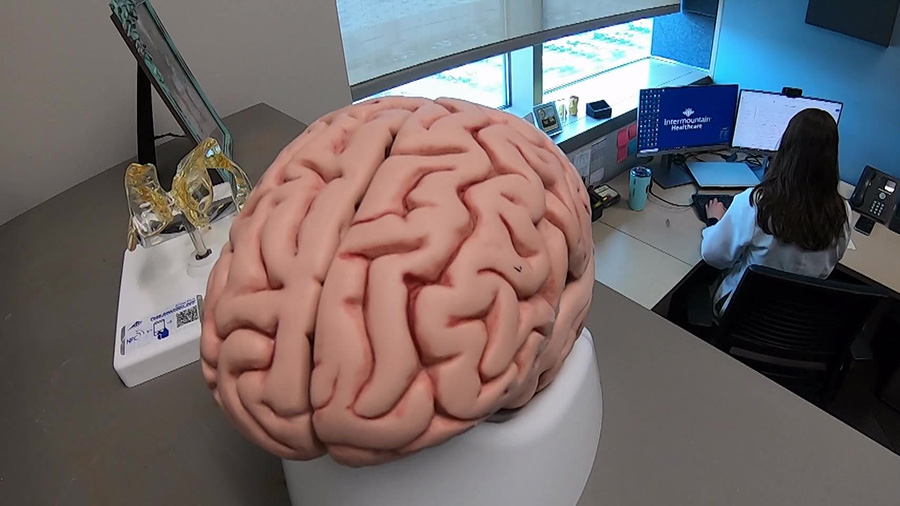What is Parkinson’s Disease?
Feb 26, 2023, 1:54 AM | Updated: Feb 28, 2023, 2:52 pm

Parkinson’s Disease is a degenerative disease of the nervous system which causes levels of the neurotransmitter dopamine to drop. Dopamine, among other things, helps you tell your muscles to move.
Each patient is unique and can experience a combination of a constellation of symptoms, including tremors, slowness, stiffness, balance issues, constipation, trouble with urination, depression, anxiety, a loss of a sense of smell, soft speech, difficulty thinking, poor balance, difficulty sleeping, acting out during sleep, a lack of facial expressions and small handwriting.
“Almost every organ system in the body can, to some degree, be affected,” explained Intermountain Health neurologist Dr. Kathleen McKee.
There is no known cure. Since the 1960s, the primary treatment has remained the medication levodopa, which raises dopamine levels. For some patients, deep brain stimulation, small amounts of electricity applied by implanted electrodes, can also help.
A study last year revealed that almost 90-thousand people are diagnosed in the U.S. annually. That’s fifty percent more than what was previously thought.
The incidence of Parkinson’s is also rising partly because of an aging population. It’s thought the increase may have something to do with chemicals in the environment.
“What we do know is the rate of Parkinson’s parallels industrialization. And so countries that are more industrialized have higher rates of Parkinson’s,” McKee said. “This is really a disease that has taken off in parallel with the Industrial Revolution.”
Welders, McKee said, tend to have a greater incidence of PD.
A recent study found higher levels of PM 2.5, particulate pollution, were associated with an increased incidence of the disease.
Decreased levels of smoking – which, curiously, has a protective effect – may contribute, as well, but McKee does not advise taking up the habit.









